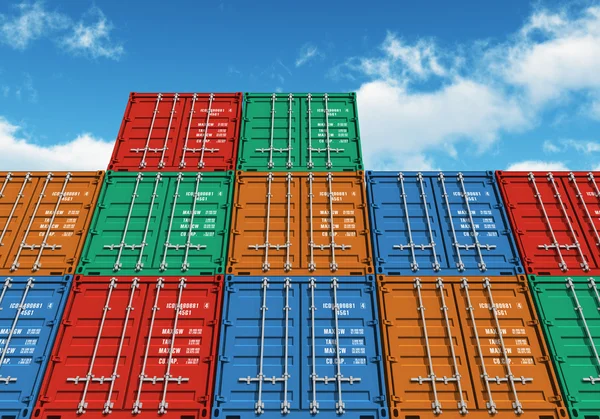Reusable containers show up in a gigantic area of sizes. Reusable container not permanently set up by the external assessments. For example, a twenty foot container is ordinarily twenty feet long, eight feet wide and eight feet tall. The width and level for a colossal container is standard at eight feet yet may move every so often established on the model. Exactly when you pick a container by the outside assessment, you should similarly sort out within assessments. As a result of thick dividers, within a twenty foot container could measure nineteen feet and four inches long, seven feet and eight inches wide and seven feet and ten inches tall.
Other than outside and inside assessments, there are various components that a container’s size task could impact. For incredibly colossal containers there may be an entrance by which you can enter the container and spot items. The entrance level and width could change considering container size. Max cargo, how much weight a container could convey, is similarly another choosing part. A container’s inside contents cannot outperform its shipping rule weight. Limit is how much square feet open inside. This simply gives an essential idea. What size and situation you can fit will depend more upon inside length, width and level? Tare, the greatness of the bulk shipping container, is one more huge advantage, since it will impact your shipping weight and may impact your shipping cost.

Regardless of the way that containers, especially steel may be from eight feet to 45 feet long, the most notable sizes are twenty feet and forty feet. These standard sizes are useful in various ways. They license boat and plane cargo workers to pack them into ocean liners or planes considering a standard plan quickly. These standard containers are similarly important since it is generally known how much items can be squeezed. For example, the standard twenty and forty feet sizes are the unremitting sizes used for shipping vehicles. Various containers like the twenty and forty foot sizes show up in a combination of models. The standard model, the most used, has the standard assessments of either twenty feet or forty feet length, and eight foot level and width.
This is a hermit box that can hold a collection of product. This thinks about things, for instance, coal to be easily filled the canister. Level rack containers have a base and two end sides anyway no front and back. There is in like manner a collapsing sort to think about them to be taken care of easily while not being utilized. A simpleton container is a standard container with refrigeration. The dividers of these are thicker. High shape containers look like standard containers anyway have a higher top considering taller things. Stage containers do not really appear to be containers using any and all means, yet are the more a spot to set more unassuming plastic containers or boxes.
